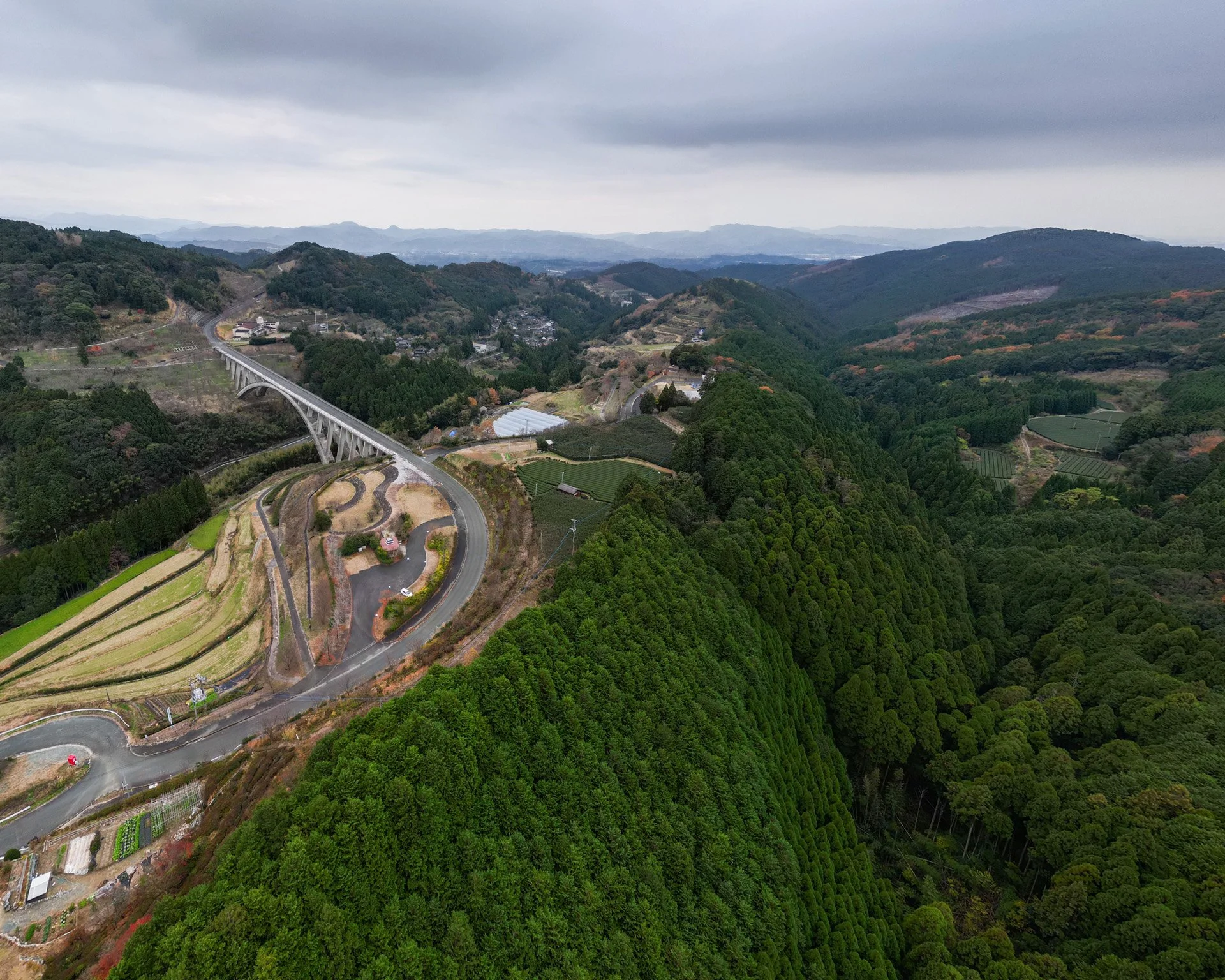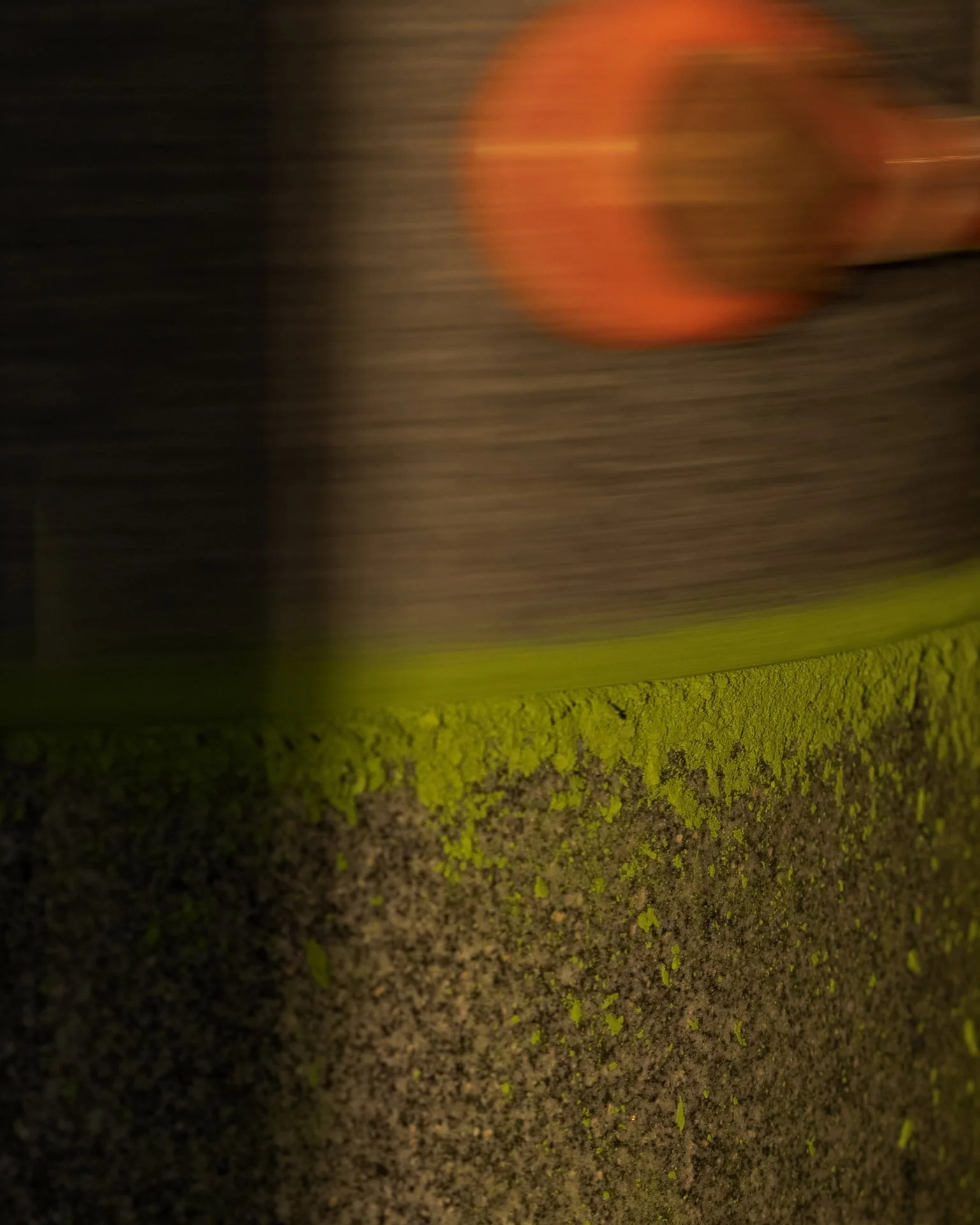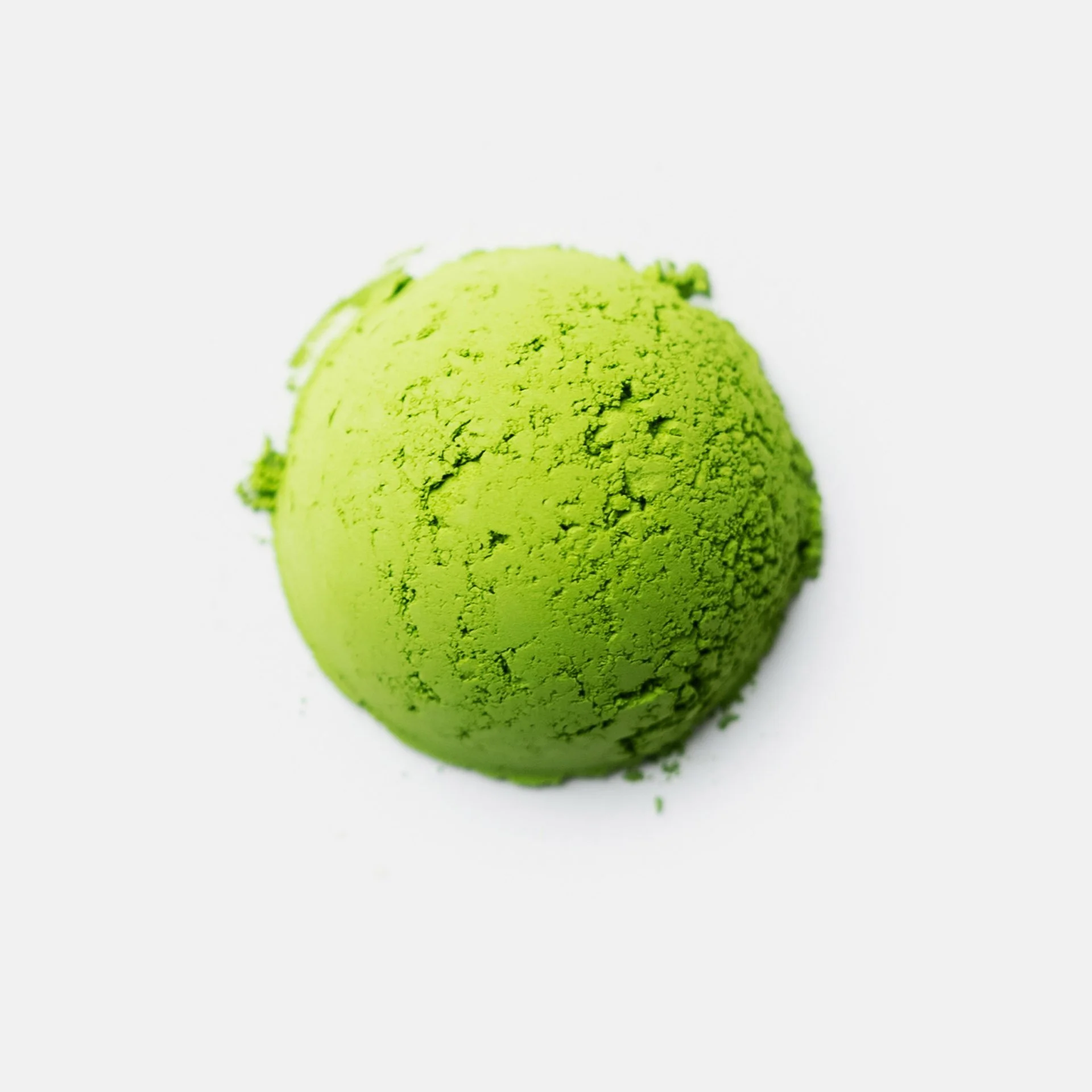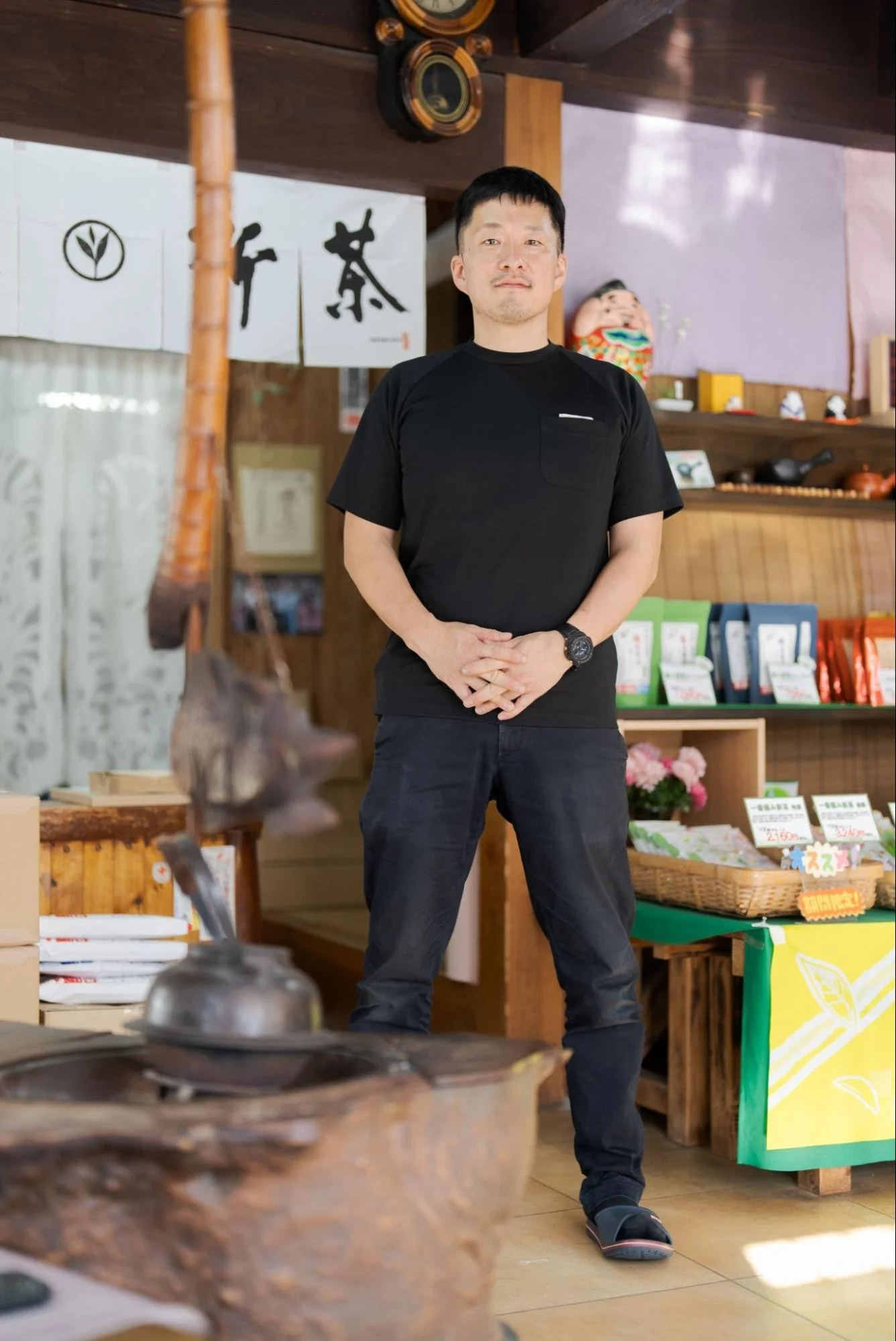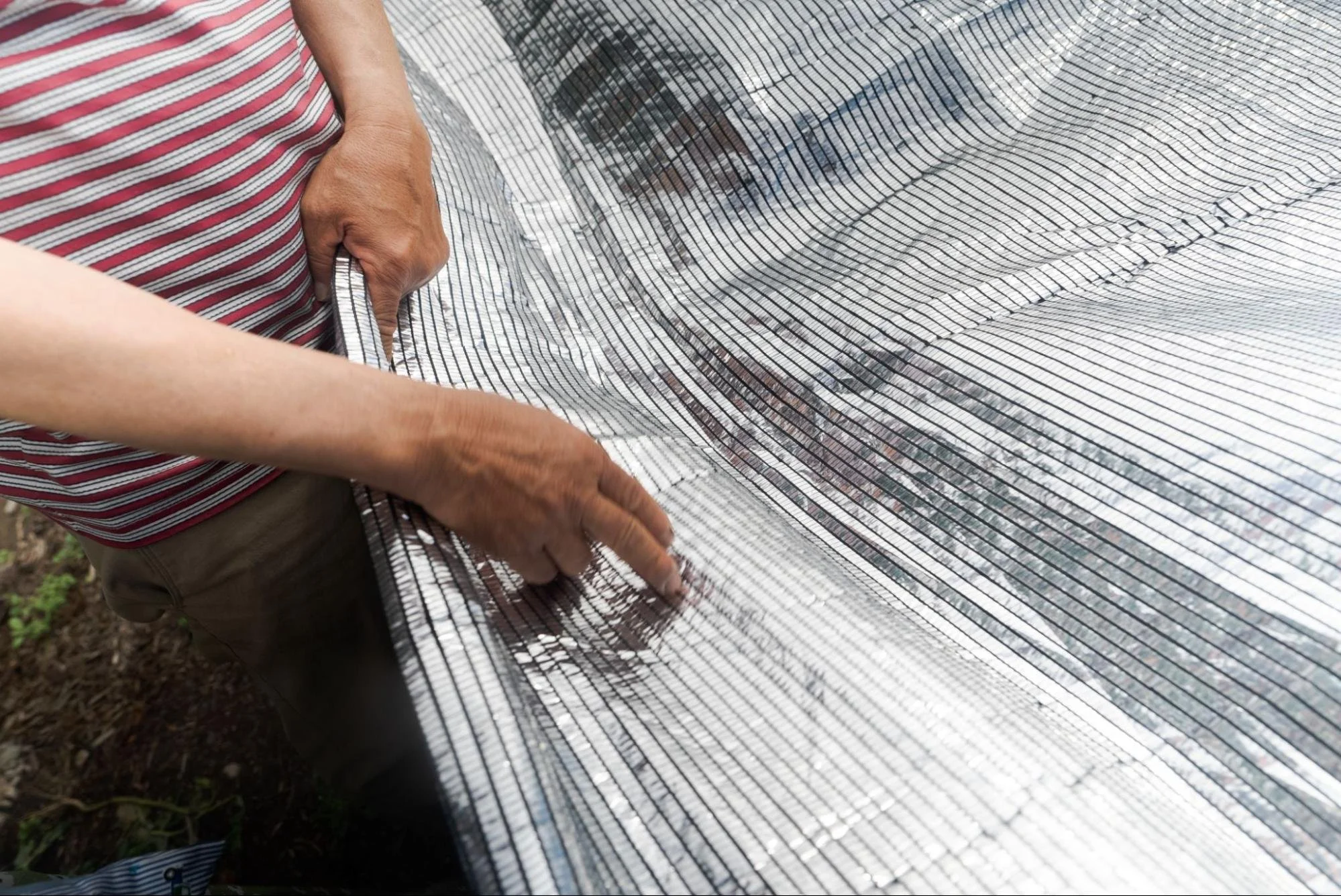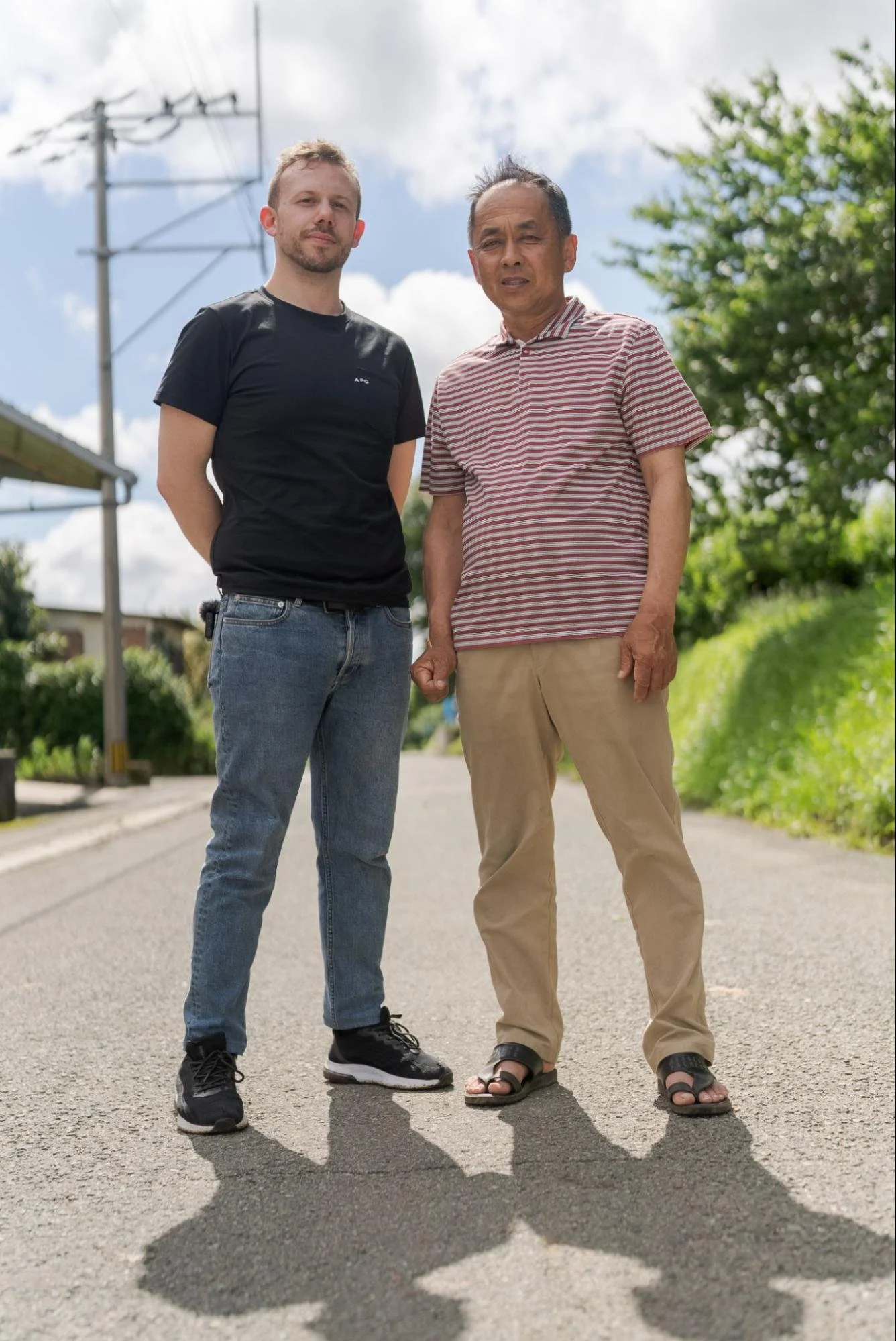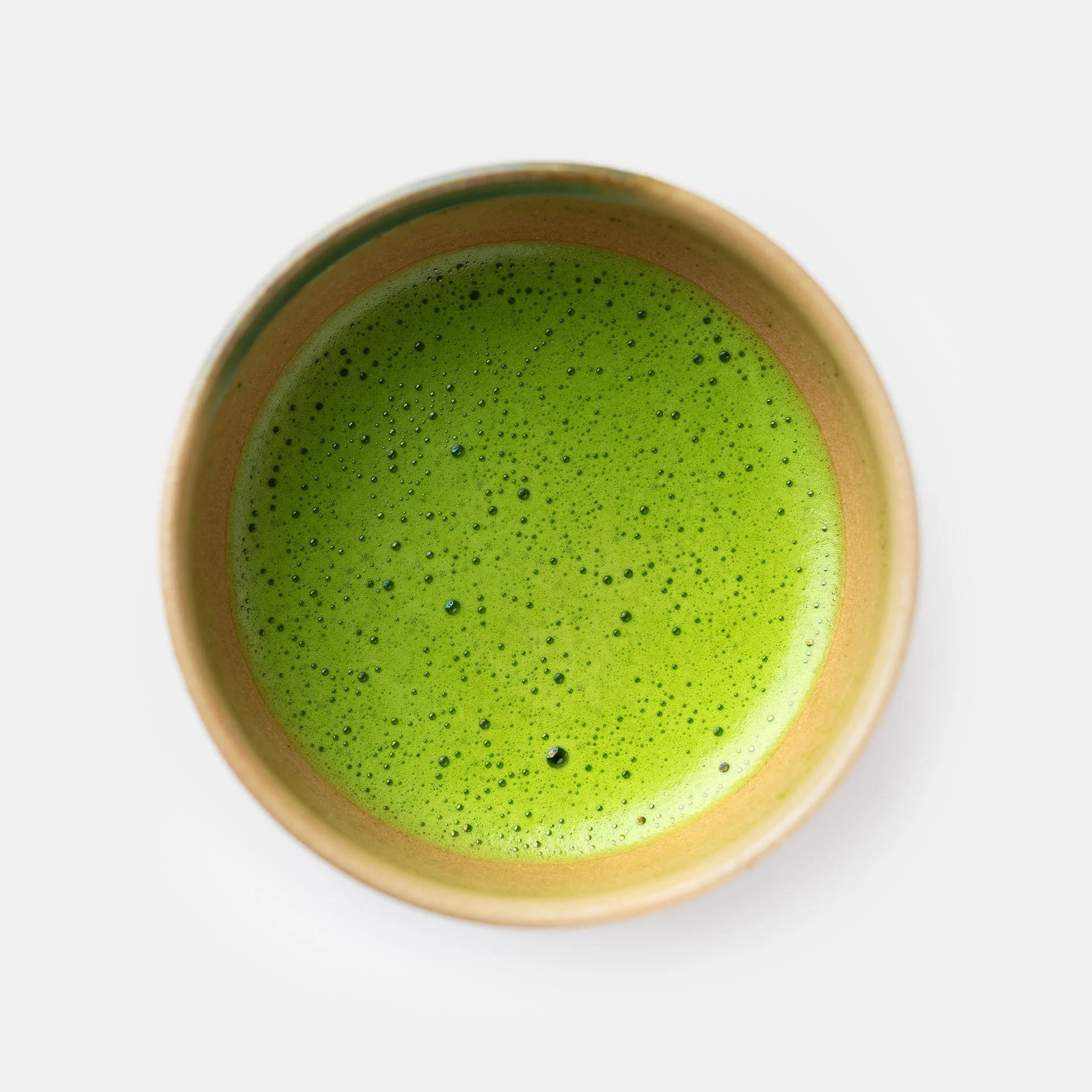MMC 09/23: Eshimaさん Okumidori おくみどり Yame Matcha
Matcha Mill Club is our monthly Matcha membership, where we stone-mill a new single-cultivar Matcha and ship it out within 24 hours of milling every month. This article details the Matcha we shipped for September 2023!
Dear reader,
It’s Ooika’s Miller, Marc. Before we get into this month's tea, let’s first celebrate the results of the 77th National Tea Competition! This is the single most important event in all of Japanese tea.
77th National Tea Competition
The competition took place this August, and the results were posted a few days ago. I will have a future email and blog post detailing what the competition is, and this year's results.
But here are some incredible results:
600th Anniversary of Yamecha
This year's festival celebrated the 600th anniversary of tea growing in Yame, Fukuoka. Incredible.
Uji City as Top City for Matcha in 2023!
The city of Uji took first place for overall region for Tencha (unground) Matcha production.
Many Farmers Ooika Sources from Won Grade 1 Positions!
Many of Ooika’s farmers, such as Tsujさん and Shimizuさん, both achieved “grade 1” results for their Tencha. Ooika will be milling their Matcha fresh this year!
Kurazumi Gets First Prize in Gyokuro!
Gyokuro (a shaded tea, similar to Matcha but not ground) is the top category in the entire festival. This year's 1st place winner of the top category is none other than Kurazumiさん! Ooika mills Kurazumi-san’s Matcha fresh in the United States. Most interestingly, I spent the day with Kurazumi-san a day before the results were posted!
There is a certain poetry in this year's top Gyokuro going to a Yame-based farmer, as this year is Yame’s anniversary!
This month’s Matcha
Eshima is one of the most important names in Yame for tea – if not Japan as a whole. There are many reasons for this.
Firstly, he presides over the Miryoku-en tea club (美緑園), a cooperative corporation founded in Yame, Fukuoka, in 1996 by five producers.
Individual tea companies (including Eshimaさん’s) had common difficulties: labor shortages during heavy tea season, aging tea machinery, and selling Yame tea directly to customers.
These tea companies created the Miryoku-en agricultural union to resolve these common issues. The newly formed cooperative also:
Handles marketing, overseas exporting, creating physical stores, and helping tea from Yame, known as Yamecha (八女茶)
Created a new Tencha factory (to process tea leaves into unground Matcha, known as Tencha.) This is highly important because of the increased international demand for Matcha.
Focused on a marketing strategy that doesn’t rely on running ads. This was done by creating a direct-to-customer physical store that focused on tea education rather than selling goods. There was an organic word-of-mouth effect from this.
Eshima’s work with, and presiding over, the Miryoku-en resulted in him winning the highly prestigious Prime Minister’s Award from The Minister of Agriculture, Forestry, and Fisheries.
Today the Mirokyu-en has over 700 members, including many Yame-based farmers Ooika sources our Tencha from, including first-place National Tea Competition Winners: Kurazumiさん, Kumaさん, and more.
The Refiner, Nakashimaさん
Eshimaさん’s unrefined Tencha, known as Aracha, is given to a 6th generation tea refiner and seller, Nakashimaさん who then processes it into “mill ready” refined tea known as “Shiagecha.”
Nakashima san also does a light roasting on the Shiagecha known as “Hiire”, at about 90 to 100c for about 12 to 30 minutes.
He explained to me that this process helps “set the flavor of the tea and lock it in”, as well as further decrease the moisture content of the tea and prevent mold.
This firing process is delicate, as the flavor of the Matcha can be ruined, making the tea taste “too roasty.” Freshness & color and roasty aromas are on opposite sides of the same spectrum.
Nakashimaさん is a renowned expert in his own right – his business has been continuing for over 130 years.
The actual temperature and duration of the roast are bespoke based on the specific batch of unrefined tea (Aracha.) There is no standardized Hiire - it’s always expertly customized.
Nakashima and I also spoke about the process of aging tea, Jukusei - but that’s a topic for another day to keep this email brief!
Okumidori (おくみどり)
Okumidori (おくみどり) is a popular cultivar choice for Matcha due to its attractive green color. This Matcha highlights just why that is.
This month’s Okumidori was shaded via Jikakabuse, or “Direct” shading. Where the tea leaves are directly covered with covering on the bush.
The shading is typically done with a black-plastic tarp. Eshima uses a metallic (aluminum) version, which does a better job reflecting light (and heat!) away from the tea bushes.
This metallic version of the tarp is 3 times more expensive than the standard black tarp but will result in a better-tasting Matcha.
A quick reminder of what happens when the tea plant is shaded from the sun when creating Matcha:
The tea leaves grow larger in surface area, as they’re trying to capture more sunlight from the sun which is retarded by the shade. This creates more volume of tea.
Leaves with a larger surface area will be more thin and sweeter in taste. Thinner tea leaves also result in a more saturated green color.
Leaves increase chlorophyll to capture the remaining light, which results in a greener-colored Matcha.
Leaves slow production of astringent-tasting Catechins, which are created from breaking down the umami-rich L-Theanine in the tea leaves.
Increased heat causes the tea plant to grow faster, and increases metabolic processes (such as converting L-Theanine into astringent-tasting Catechins.)
Eshima and Nakashima
How incredible it was to spend time with these two venerable tea producers. I’m so fortunate, and I promise to do my best to be a conduit of their expertise to the Ooika Matcha drinkers!
Tasting Notes
Candied almonds and spring pea aroma. Symphony of vibrant, fresh spring vegetables that are only heightened by the fresh milling. Green onion, chilled asparagus, and unhusked fresh corn on the top. Made round by deep ginseng and yuzu citrus pith. Triangular masculine tannin, sharp on the tongue tip and wide at the throat balanced with bitterness. Plenty of Negroni (heavy on the orange peel) finish with concentrated weight, like iron marble depressing the gravitational center on your tongue.
Share your Experience
Thank you for supporting Ooika. I’d love to hear what you think of this month’s Matcha. You can do so via email, or even posting on social media and tagging us! Ooika on Instagram at @ooika.co or on YouTube here.
Sincerely,
Marc
Ooika’s Miller

